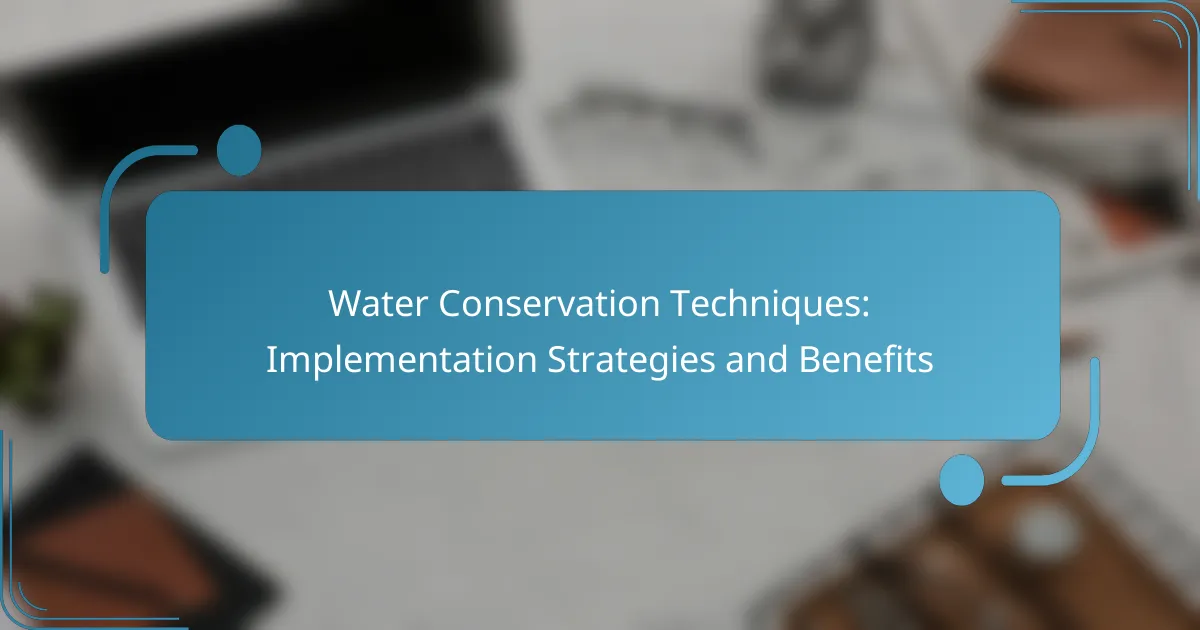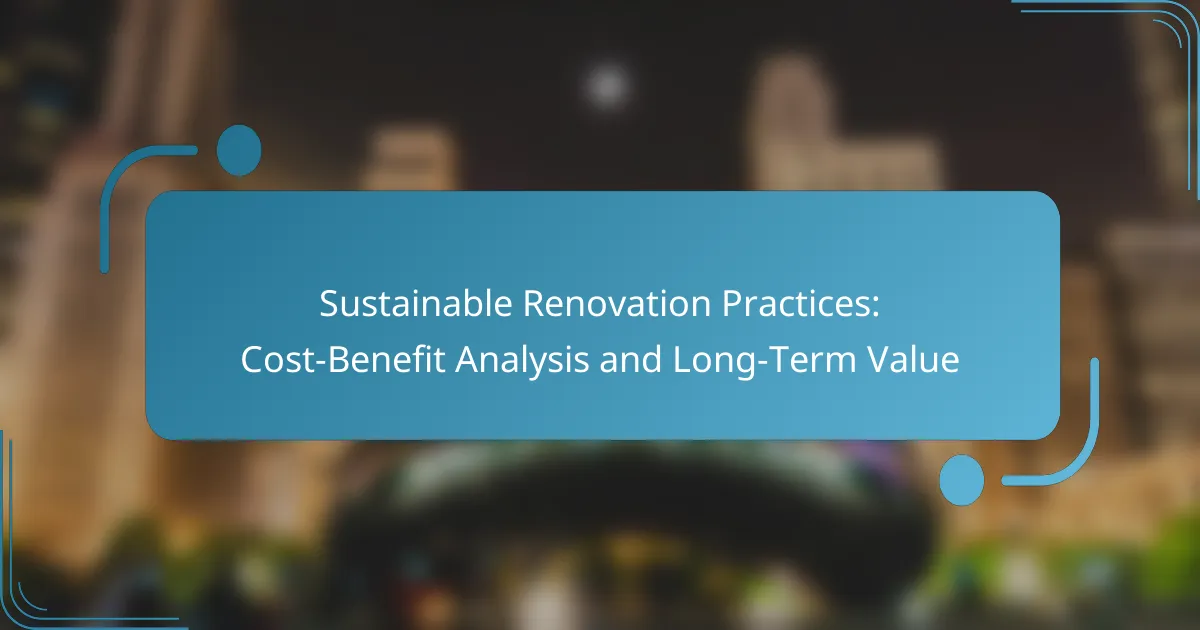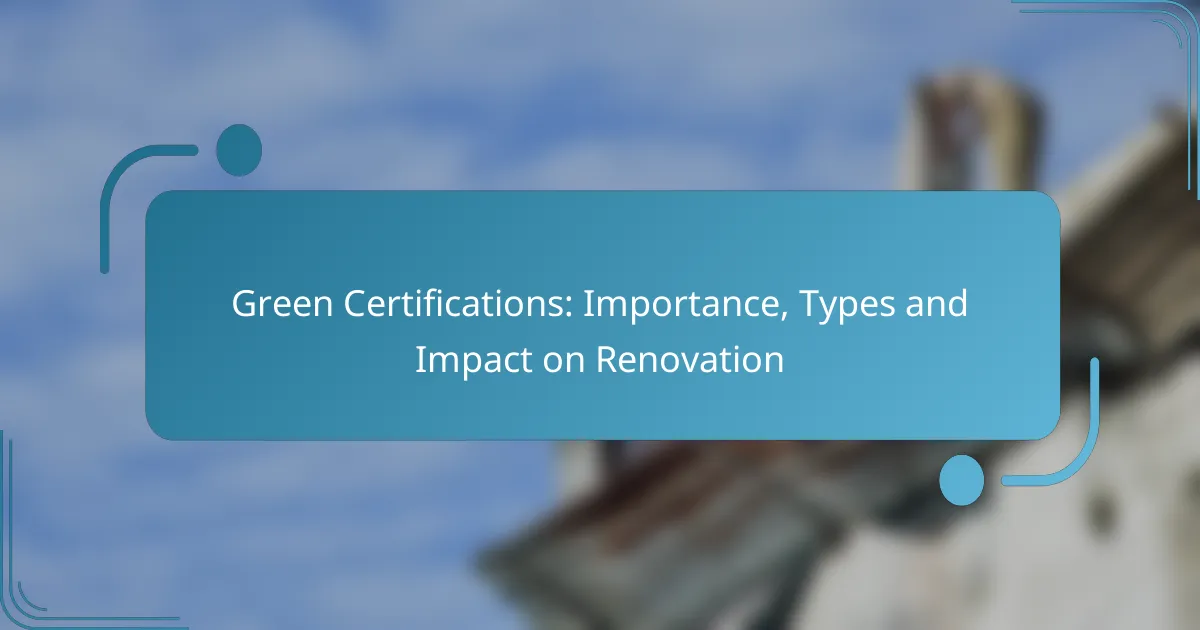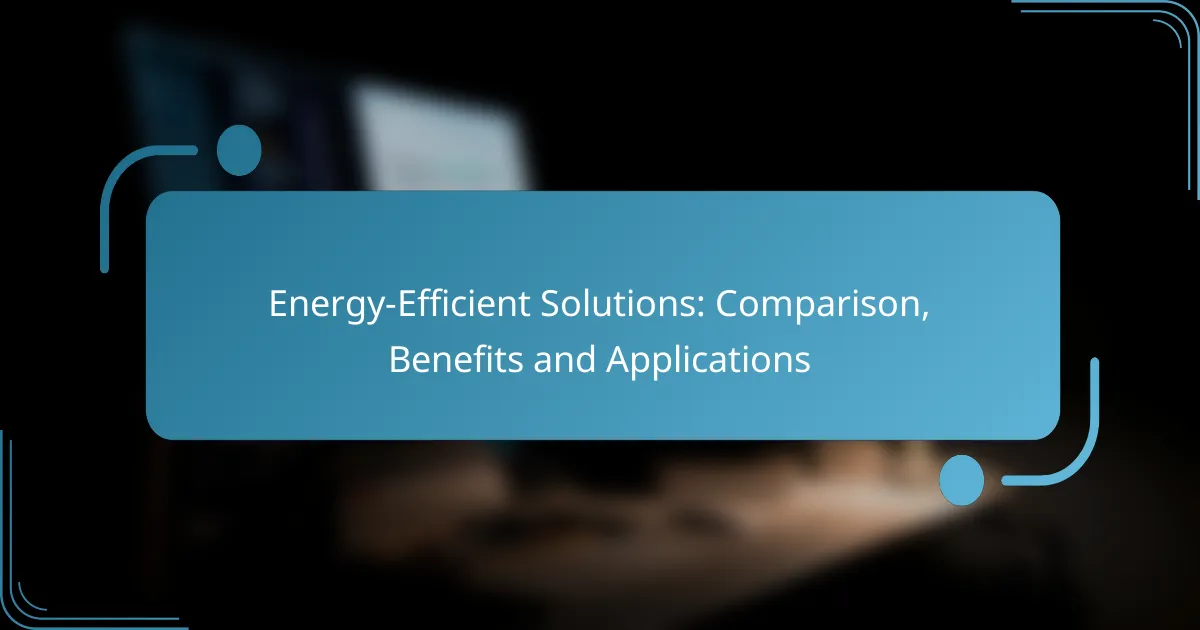Water conservation techniques are essential for promoting sustainable practices and reducing overall water usage in both urban and residential settings. By implementing effective strategies, individuals and businesses can not only lower their utility bills but also contribute positively to environmental health and sustainability. Embracing these methods leads to significant benefits, including cost savings and enhanced property value.
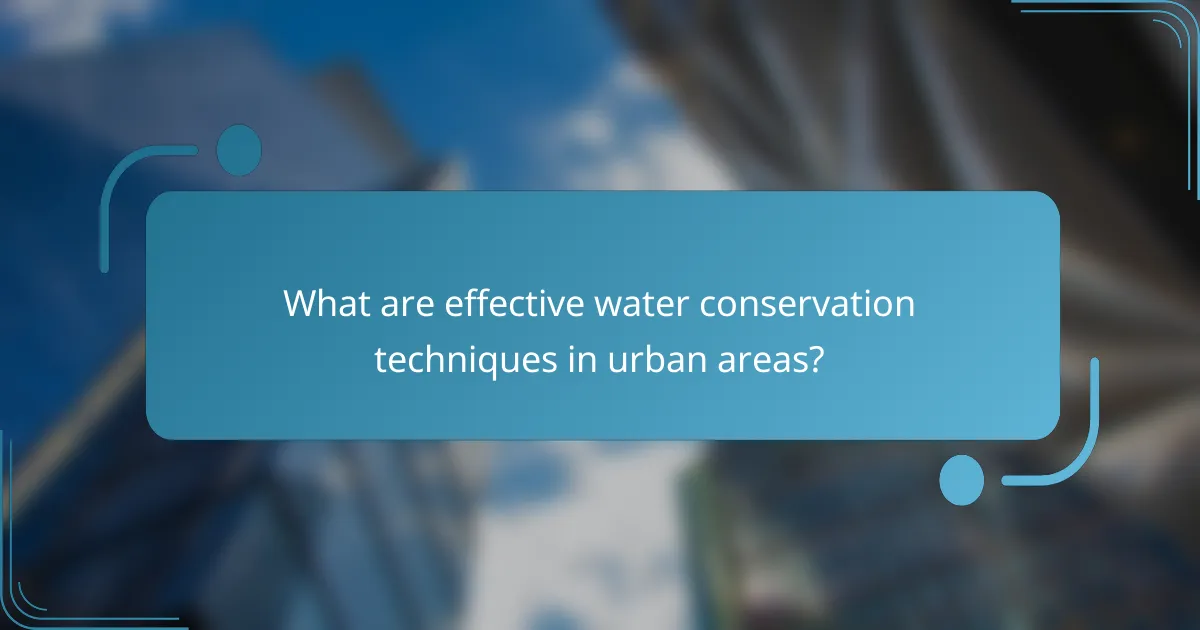
What are effective water conservation techniques in urban areas?
Effective water conservation techniques in urban areas include methods that reduce water usage and promote sustainable practices. These strategies not only help in preserving water resources but also lower utility bills and enhance environmental health.
Rainwater harvesting systems
Rainwater harvesting systems collect and store rainwater for later use, significantly reducing reliance on municipal water supplies. Homeowners can install systems that capture runoff from roofs and direct it into storage tanks for irrigation or non-potable uses.
When implementing a rainwater harvesting system, consider local regulations regarding water collection and storage. Systems can vary in complexity, from simple barrels to elaborate underground tanks, with costs ranging from a few hundred to several thousand dollars depending on size and installation.
Greywater recycling
Greywater recycling involves reusing wastewater from sinks, showers, and washing machines for irrigation or toilet flushing. This technique can reduce overall water consumption by up to 50% in households.
To set up a greywater system, ensure compliance with local health regulations, as some areas have specific guidelines on what types of greywater can be reused. Simple systems can be DIY projects, while more complex setups may require professional installation, typically costing between a few hundred to a couple of thousand dollars.
Low-flow fixtures
Low-flow fixtures, such as faucets, showerheads, and toilets, significantly reduce water usage without sacrificing performance. These fixtures can cut water consumption by 20-60%, making them an effective choice for conservation.
When selecting low-flow options, look for products labeled with the WaterSense label, which indicates they meet efficiency standards. Upgrading fixtures is often a straightforward DIY task, with costs for low-flow toilets ranging from $100 to $500, depending on the model.
Smart irrigation systems
Smart irrigation systems use technology to optimize watering schedules based on weather conditions and soil moisture levels. These systems can reduce water waste by up to 30% compared to traditional irrigation methods.
Investing in a smart irrigation system typically involves purchasing a controller and possibly sensors for soil moisture. Many systems can be programmed via smartphone apps, making them user-friendly. Costs can range from $100 to over $1,000, depending on the features and coverage area.
Native landscaping
Native landscaping involves using plants that are indigenous to the area, which typically require less water and maintenance. This approach not only conserves water but also supports local ecosystems and wildlife.
When designing a native landscape, choose plants that thrive in the local climate and soil conditions. This can reduce the need for irrigation and fertilizers. Initial costs may vary, but investing in native plants often leads to long-term savings on water and maintenance. Consider consulting local nurseries for suitable plant selections and landscaping tips.
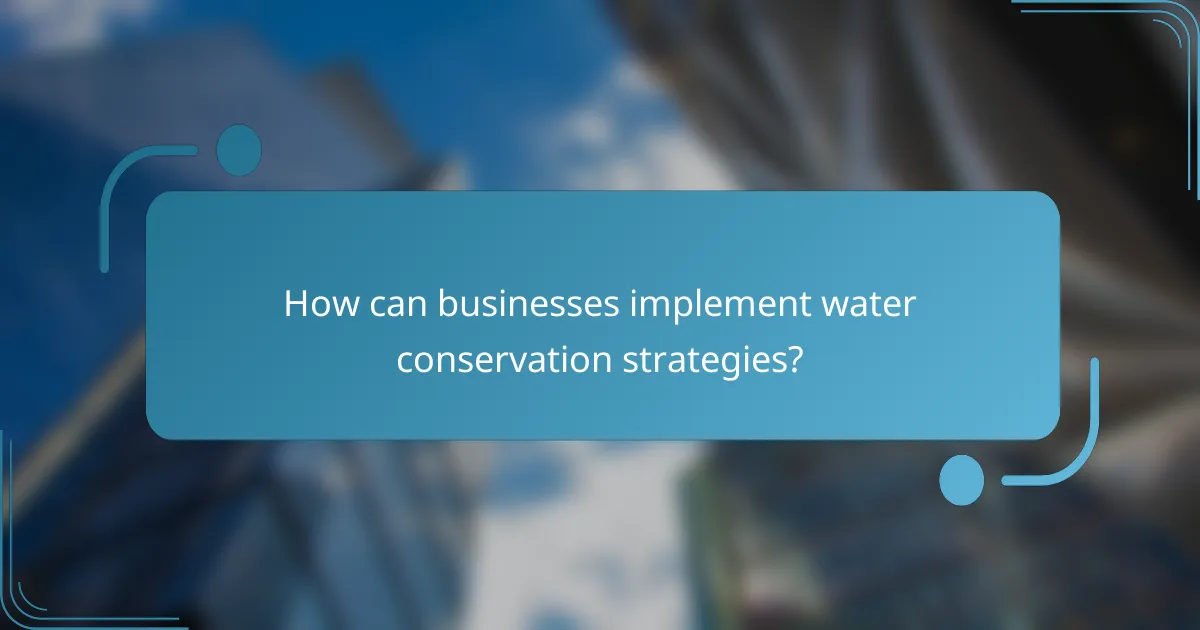
How can businesses implement water conservation strategies?
Businesses can implement water conservation strategies by assessing their current water usage, educating employees, upgrading to efficient appliances, and setting clear, measurable goals. These steps not only reduce water consumption but also lead to cost savings and improved sustainability practices.
Conducting water audits
Water audits involve a thorough examination of a business’s water usage patterns to identify areas for improvement. This process typically includes evaluating water bills, tracking usage in different departments, and pinpointing leaks or inefficiencies. Regular audits can help businesses save significant amounts of water and money.
To conduct an effective water audit, consider using tools like flow meters or hiring a professional service. Aim to perform audits annually or biannually to stay on top of water conservation efforts.
Employee training programs
Implementing employee training programs is crucial for fostering a culture of water conservation within a business. Training should cover best practices for reducing water use, such as reporting leaks, using water-efficient practices, and understanding the importance of conservation. Engaged employees are more likely to adopt water-saving behaviors.
Consider incorporating workshops, informational materials, and incentives for employees who actively participate in conservation efforts. Regular refreshers can help maintain awareness and commitment to water-saving initiatives.
Installing water-efficient appliances
Upgrading to water-efficient appliances can significantly reduce water consumption in businesses. Options include low-flow faucets, dual-flush toilets, and water-efficient dishwashers and washing machines. These appliances use less water without compromising performance.
When selecting appliances, look for those with certifications such as WaterSense in the U.S. or similar standards in your region. Investing in these technologies can lead to substantial long-term savings on water bills.
Setting measurable goals
Setting measurable goals for water conservation helps businesses track progress and stay accountable. Goals should be specific, achievable, and time-bound, such as reducing water usage by a certain percentage over a year. This clarity can motivate employees and guide strategic decisions.
Regularly review and adjust goals based on performance and new opportunities for improvement. Consider using metrics like gallons per employee or water usage per product produced to measure success effectively.
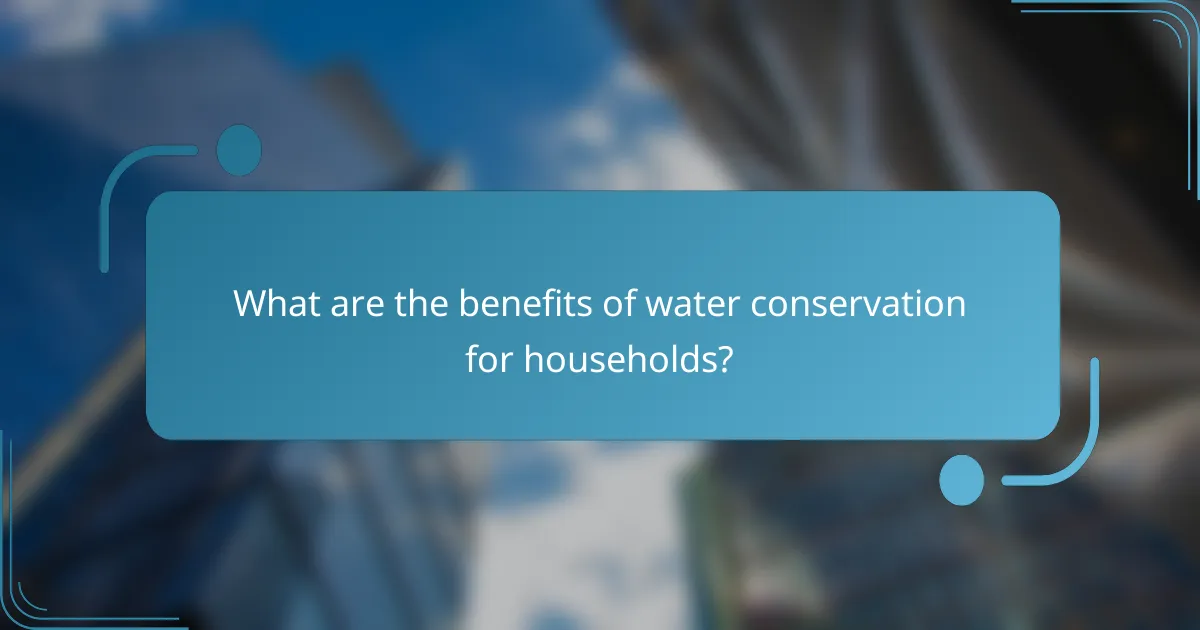
What are the benefits of water conservation for households?
Water conservation offers numerous benefits for households, including cost savings, increased property value, and a positive environmental impact. By implementing water-saving techniques, homeowners can enjoy lower utility bills while contributing to a sustainable future.
Reduced utility bills
One of the most immediate benefits of water conservation is the reduction in utility bills. By using less water, households can significantly lower their monthly expenses, especially in areas where water costs are high. Simple changes, such as fixing leaks, installing low-flow fixtures, and using water-efficient appliances, can lead to savings of 20-30% on water bills.
Homeowners should regularly monitor their water usage and consider investing in smart water meters to track consumption patterns. This proactive approach can help identify areas for further savings and ensure that water conservation efforts are effective.
Enhanced property value
Implementing water conservation measures can enhance a property’s value. Homes equipped with water-saving technologies, such as rainwater harvesting systems or drought-resistant landscaping, are often more attractive to potential buyers. These features signal to buyers that the home is efficient and environmentally conscious, which can lead to a higher selling price.
Additionally, properties in regions facing water scarcity may see an even greater increase in value as demand for water-efficient homes rises. Investing in water conservation can thus be seen as a smart long-term financial decision.
Environmental impact
Water conservation plays a crucial role in protecting the environment. By using less water, households reduce the strain on local water supplies and help preserve natural ecosystems. This is particularly important in areas prone to drought or where water resources are limited.
Moreover, conserving water can lead to lower energy consumption, as less energy is required to pump, treat, and heat water. This reduction in energy use contributes to decreased greenhouse gas emissions, further benefiting the environment.
Increased water supply reliability
Conserving water helps ensure a more reliable water supply for households and communities. By reducing overall demand, conservation efforts can extend the lifespan of existing water resources and infrastructure. This is especially vital in regions experiencing population growth or climate change impacts.
Households can contribute to this reliability by adopting practices such as using drought-resistant plants in landscaping, collecting rainwater, and utilizing greywater systems. These strategies not only conserve water but also promote resilience against future water shortages.
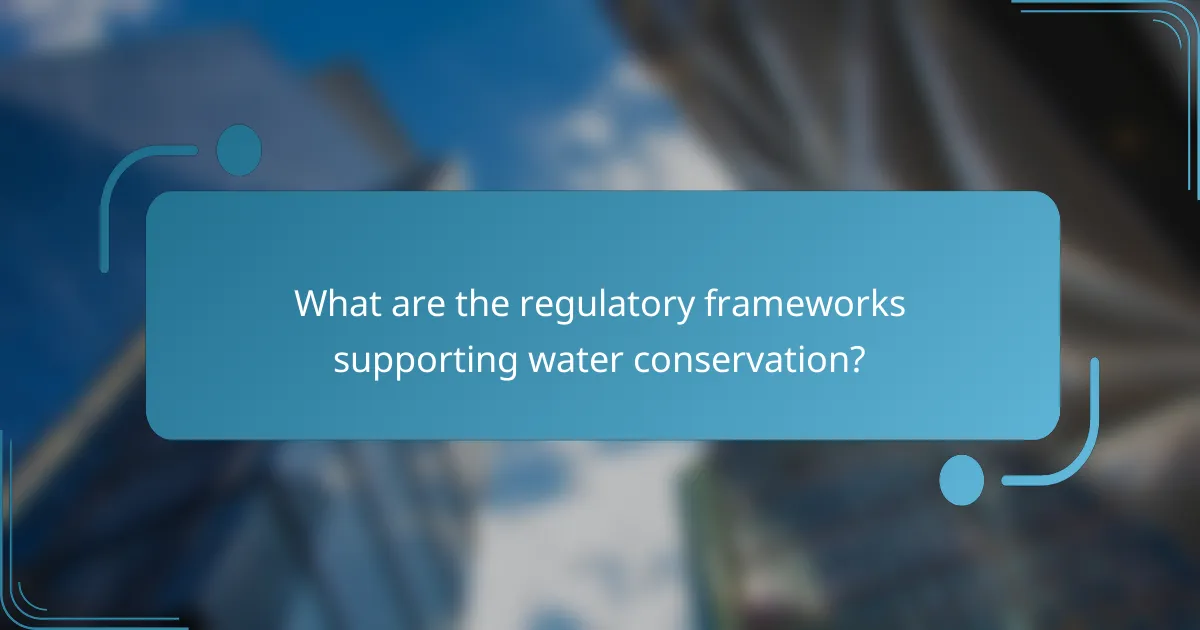
What are the regulatory frameworks supporting water conservation?
Regulatory frameworks for water conservation include various policies and laws designed to promote efficient water use and protect water resources. These frameworks are established at local, state, and federal levels, providing guidelines and incentives for individuals and organizations to adopt water-saving practices.
Local government incentives
Local governments often implement incentives to encourage water conservation among residents and businesses. These can include rebates for water-efficient appliances, discounts on water bills for reduced usage, and grants for landscaping projects that utilize drought-resistant plants.
For example, a city might offer a rebate program where homeowners receive a certain amount back for replacing traditional toilets with low-flow models. Such initiatives not only promote conservation but also help reduce overall water demand in the community.
State water conservation mandates
State governments frequently establish mandates that require water conservation measures to be implemented across various sectors, including agriculture, industry, and residential areas. These mandates can set specific targets for water usage reduction or require the adoption of best management practices.
In some states, regulations may dictate the types of irrigation systems that can be used in agriculture or require urban areas to implement water-saving technologies in public facilities. Compliance with these mandates is essential for maintaining water supply sustainability and often involves regular reporting and monitoring.
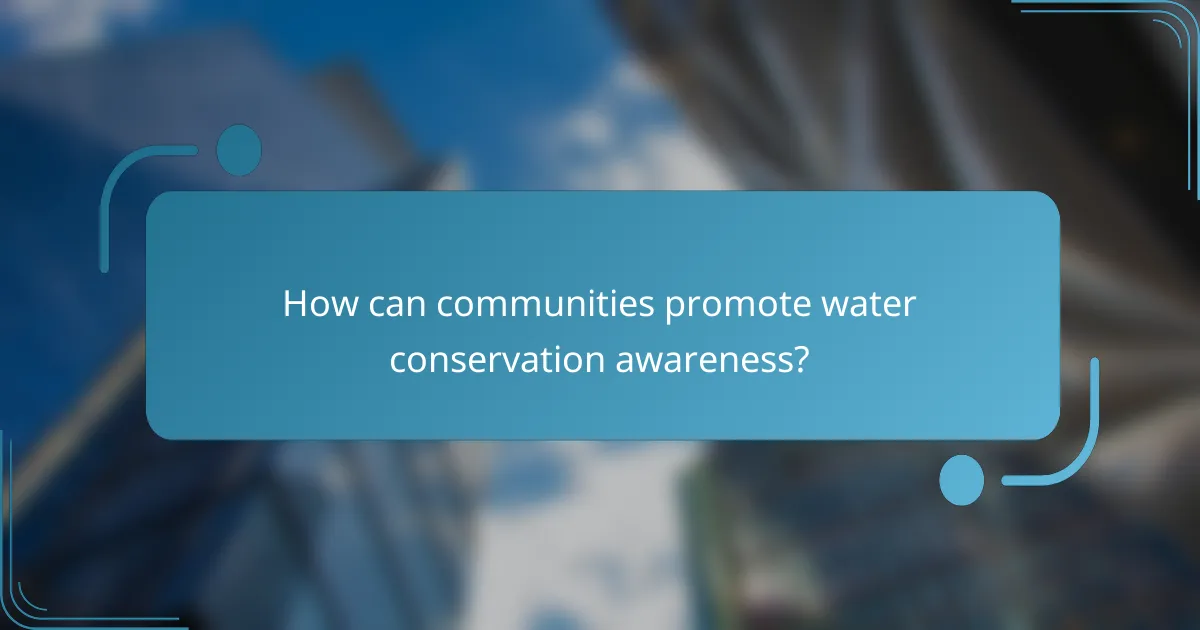
How can communities promote water conservation awareness?
Communities can promote water conservation awareness through targeted educational initiatives that engage residents and encourage sustainable practices. By utilizing various strategies, such as public campaigns and workshops, communities can effectively raise awareness and foster a culture of conservation.
Public education campaigns
Public education campaigns are essential for spreading awareness about water conservation. These campaigns can include advertisements, social media outreach, and informational brochures that highlight the importance of saving water and practical tips for doing so.
Effective campaigns often focus on relatable messages, such as the impact of water waste on local ecosystems and household budgets. For instance, illustrating how simple changes, like fixing leaks or using water-efficient appliances, can lead to significant savings can motivate residents to take action.
Community workshops
Community workshops provide hands-on learning opportunities for residents to understand water conservation techniques. These workshops can cover topics such as rainwater harvesting, xeriscaping, and efficient irrigation practices.
Hosting workshops in local community centers or parks can facilitate engagement and allow participants to ask questions and share experiences. Providing resources, such as guides or toolkits, can further empower attendees to implement what they learn at home.






